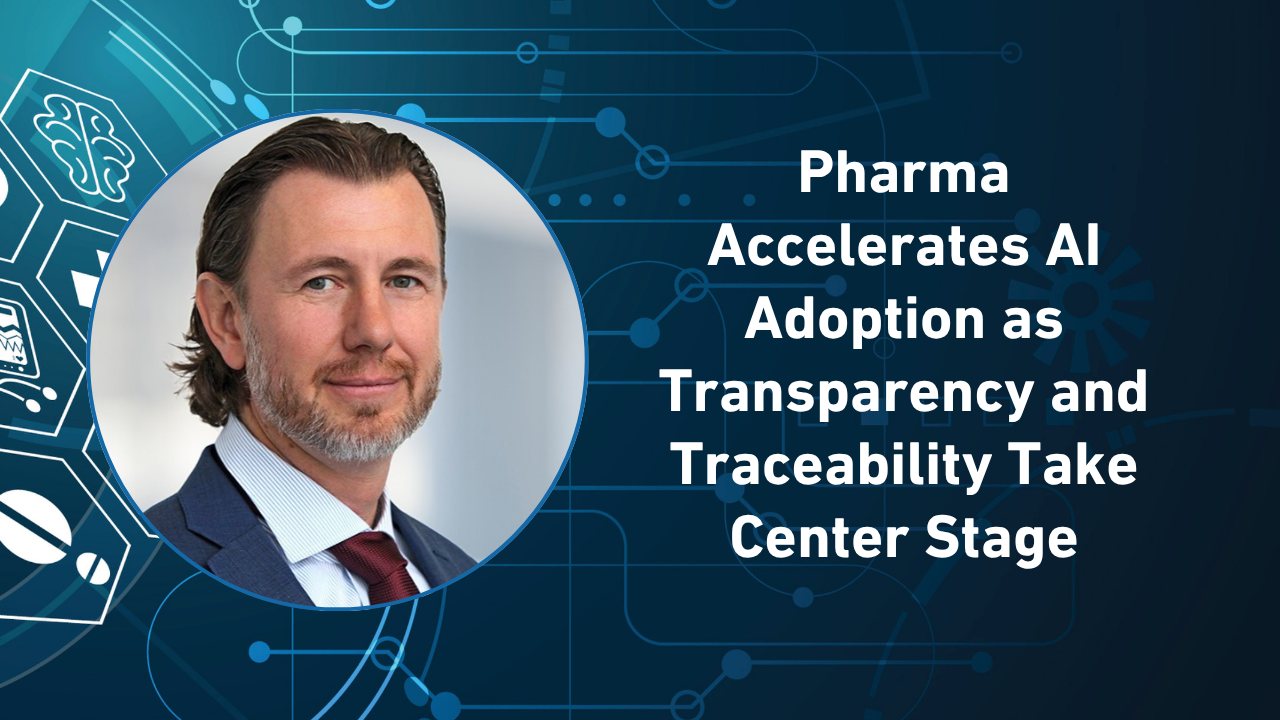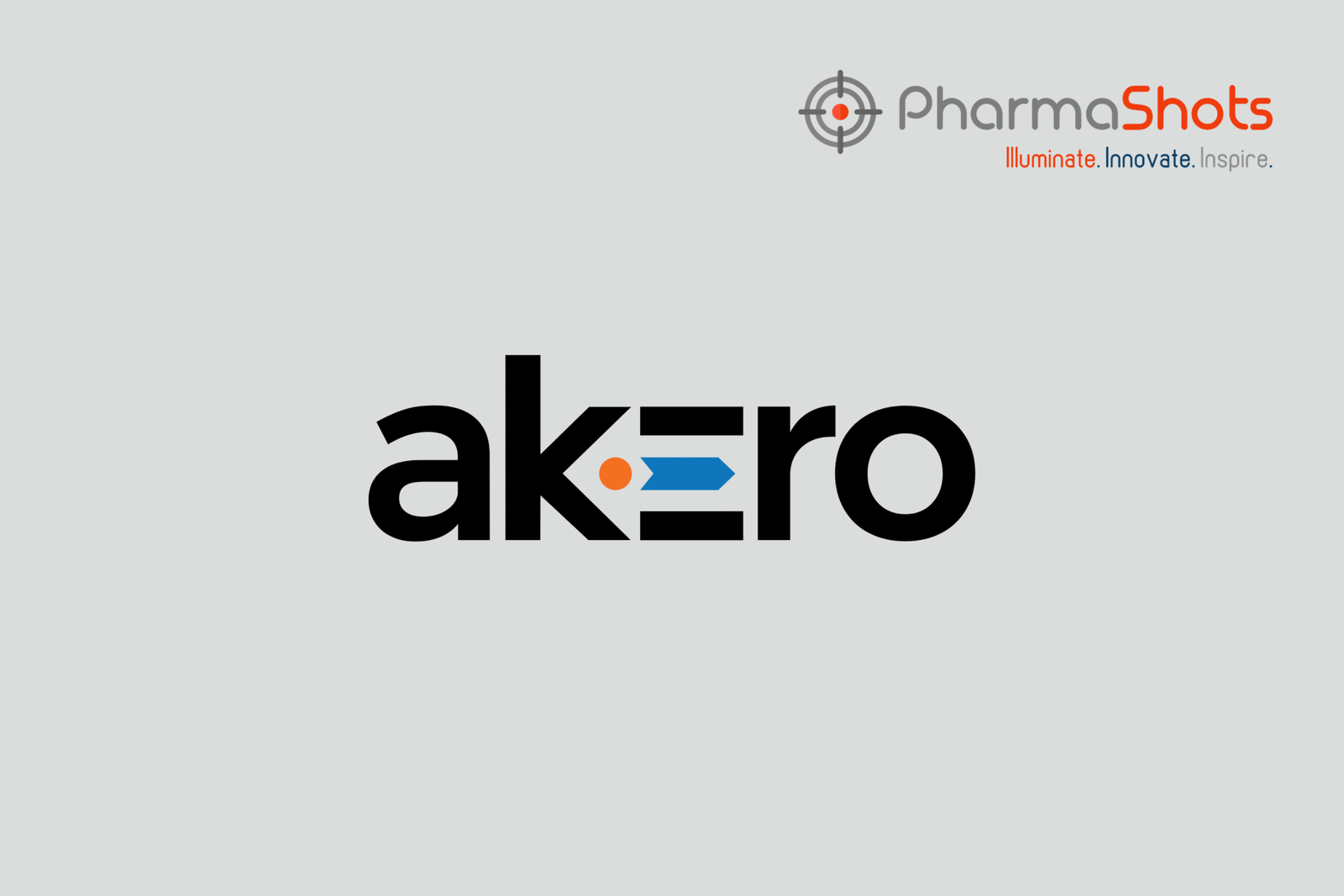According to Shawn Opatka, VP and GM Honeywell Life Sciences, nearly all organizations—about 99%—are engaging with artificial intelligence in some capacity, though the degree and focus of implementation vary widely. Many companies are piloting AI tools within quality, regulatory, and traceability operations to address persistent challenges such as labor shortages, skills gaps, and the overwhelming volume of data inherent to modern pharmaceutical operations.
Opatka emphasized that while AI experimentation is widespread, the industry remains in the early stages of full-scale deployment. Companies are still testing how best to integrate AI into regulated environments, where oversight and validation requirements remain stringent. This experimentation phase, he suggested, reflects a broader willingness within pharma to embrace innovation while maintaining compliance with evolving standards for data integrity and product oversight.
Ultimately, the sector’s cautious but active engagement with AI represents a balancing act: driving efficiency and insight through automation and predictive tools while ensuring transparency and control remain uncompromised. As regulators sharpen expectations around digital accountability, AI’s role in improving data traceability, quality assurance, and operational resilience will only grow more central to the pharma enterprise of the future.
He also dives into the biggest risks companies face if they attempt to scale AI solutions without a strong quality and compliance framework in place; the role of AI evolving within pharmaceutical quality systems; the definition of successful AI adoption in pharma; and much more.
A transcript of his conversation with PC can be found below.
PC: What are the biggest risks companies face if they attempt to scale AI solutions without a strong quality and compliance framework in place?
Opatka: It depends on where in these companies you work with. As I said, we’re focused mainly in manufacturing and quality, which is obviously a very regulated part of these companies’ business. I think there is some risk to jumping in potentially too far there, specifically in the regulated part, without taking note of the FDA guidances and what they’ve put in place, whether that’s pharma manufacturing or medical device manufacturing.
I think the FDA has done a good job of putting out some guidances around what to do, but I think the biggest risk is probably how it’s going to scale and how it’s going to be used, and not having that comprehensive strategy in place before jumping in. I do see, and I would say, more adoption outside of the regulated part. I think we all use AI in our general lives and work environments, and some of those use cases aren’t the regulated part, and I think that’s where we’re seeing the most adoption today, but certainly very exciting stuff coming in the manufacturing and quality spaces.










